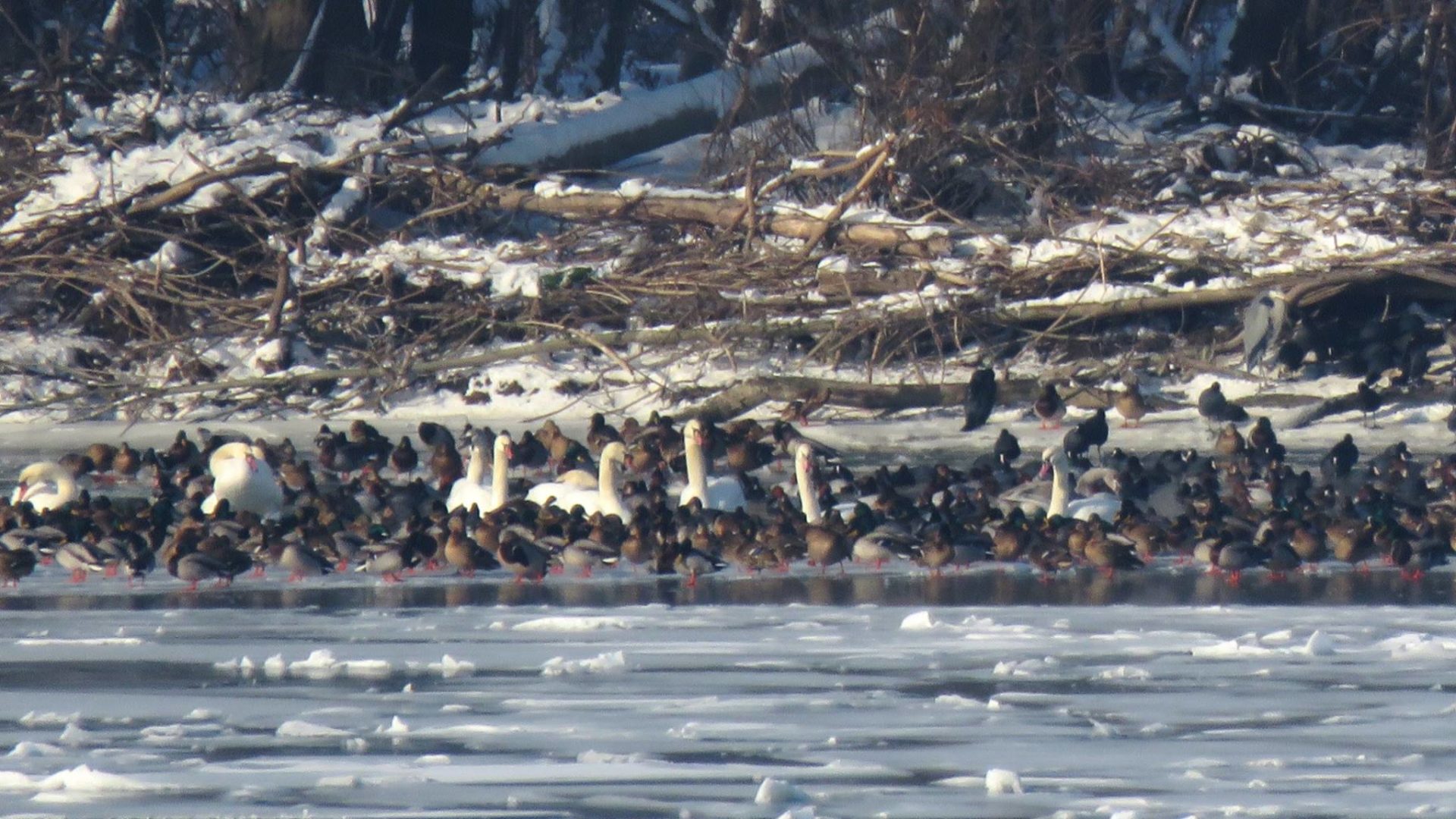
Wintering waterbirds caught up in harsh weather in Southeastern Europe
-
Biodiversity - Flyways
The 51st International Waterbird Census has taken place across Europe during the weekend. Field teams in Southeastern Europe have encountered enormous difficulties, dangerous roads and frozen rivers. However, not only humans suffer from the cold and snowy conditions but also millions of migratory waterbirds which winter in these areas.
Under such conditions birds aggregate in larger numbers at wetlands with still, open water and suffer from food shortage. Earlier research by the predecessor of Wetlands International [1] has shown the vulnerability of waterbird populations to such conditions and the importance of restricting hunting and other disturbances, not only in the areas directly affected by the severe weather conditions but also at areas that act as cold weather refuges. With the cold spell expected to last for an extended period, Wetlands International calls upon the AEWA Secretariat and the governments in the Black Sea–Mediterranean Flyway to urgently introduce emergency measures to minimise the losses to the wintering populations in the region in accordance with Point 2.3 of the AEWA Action Plan.
[1] Ridgill, S.C. & Fox, A.D. (1990) Cold Weather Movements of Waterfowl in Western Europe. IWRB Special Publication No. 13. IWRB, Slimbridge, UK.
Update 23 January 2017:
The Strategic Working Group of the African-European Waterbird Monitoring Partnership agreed to launch an emergency appeal to gather donations to support field teams in Southeastern Europe to monitor the conditions of waterbirds and their cold weather refuges. Find out more on the Waterbird Fund website.
Header image © Bird Protection and Study Society of Serbia
